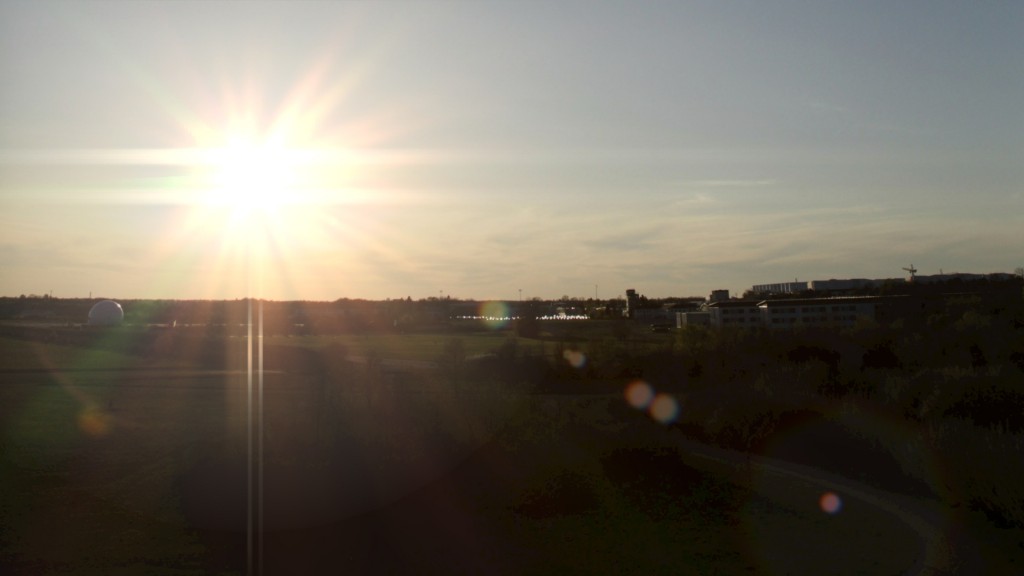Vertical Alignment
I’ve finished another quick video tutorial, this one is about vertical alignment in stereo shots. It’s done with Fusion but this technique requires no plugins and can even be done in Photoshop 🙂
I have enabled Youtube’s automatic transcript just for the fun of it. It used speech recognition and it’s funny how some phrases are transcribed perfectly despite my German accent while others are jibberish. You can download the subtitle file though and it only takes a few minutes to edit the transcript and re-upload it again.
So enjoy the English captions on this tutorial! Here are some funny phrases that Google’s voice recognition software had produced initially:
0:00:09.809,0:00:14.019
as you probably know there are lots of things that can give the bureaucratic when it comes to stereoscopic footage0:00:14.019,0:00:17.960
the most important one is spiritual alignment0:01:05.239,0:01:07.340
the monogram version wants it0:01:20.080,0:01:22.230
his foreign troops of the ride i0:01:35.240,0:01:38.929
since the transform which is his offspring you have to hold down the
aisle to key while driving the mention of your porch0:02:48.259,0:02:55.259
now zoom back into the top left corner and adjust the anglo french haitian0:02:57.629,0:03:01.020
using the cursor keys left and right then
you can get justice in smaller steps

You tell 'em, Sly!
Multiple Camera Projections in Fusion
Made another video tutorial about combining projections from multiple cameras. Enjoy 🙂
Also, check out my script to quickly align image planes to points in a point cloud and my latest tutorial about camera projection workflows.
eyeon Dimension
eyeon has finally shown a short teaser for “Dimension”, their “Occula-for-Fusion” plugin. Looks promising so far. Most importantly, the price tag undercuts Occula by thousands of dollars which makes it feasible for smaller production companies as well. Let’s wait and see – competition is good 🙂
And Generation is back from the dead (read: a year after it was end-of-lifed by eyeon without further explanation). It has gained a lot of asset management and workflow functionality (shot status, artist collaboration, reviews). Having worked with Shotgun recently, I have to say that Generation’s shot management from a player interface sounds intriguing. Shotgun is a slow browser-based behemoth with millions of clickable links that all look alike. I don’t know if it was built that way or if it was that company’s customization… But it seemed overkill for most problems that an artist has (might be a different story for project managers).
Fusion 6.3 will be half as expensive as before and if you add Dimension and Generation AM you’ll end up with the former price.
None of these tools is shipping yet though.
Compositing Tutorial Part 1
Hey, I’ve finally found the time to finish another video tutorial. Check out the new tutorial section on this site for the details. The first video is about fixing a jittery camera track in post by smoothing and tweaking the camera move. Videos are hosted on Youtube and all the footage and files are available for download.
I’d like to make this the start of a series of advanced tutorials about actual compositing problems since most stuff out there either comes with a price tag (FXPHD) or shows off stuff where the “wow”-effect is due to excellent CGI and matte paintings while the compositing part is basically just “A over B” and some roto.
There’s always a problem of showing off stuff I’ve worked on because of legal issues. So I’ll demonstrate some techniques on footage I’ve created from scratch and hereby release under a creative commons license so you can play around with it yourself.
Lensflares… Again!

Most lens flare plugins are just layering bitmaps and sprites on top of each other. There’s even an iPhone app that basically mimics Video Copilot’s Optical Flares for 0,79 cent…
If you’re sneaky you can just grab these images. I’ve spent a few minutes to draw some basic flare images in Photoshop though. Just some repeated radial or directional blur on a few bright pixels. Then you can add these on top of your image in linear color space. The plugins all have simple mechanisms to move the flares around, but you can do that in Fusion as well. If you use the Lens flare Fuses I’ve written, they provide a published position output to connect those shapes to. Also, you can use expressions that move a bitmap on the same X position but mirrored on the Y axis.
I have made an example comp along with all the images. Of course these would need some more fine-tuning to make sure there’s no banding and the gradients look right in linear color space. But it’s a start 🙂 The comp also includes a technique to create an edge flare that briefly appears when the light source touches the image borders. You can modify this to define any area you like where flares are hidden/shown.
Download lensflare_images_v02.zip
Fusion Macros Video Tutorial
I’ve finished another tutorial. Learn how to create macros and spice them up with custom controls:
Scripting Tutorial
I’ve recorded my very first video tutorial:
It introduces Fusion’s scripting console and describes basic commands to create and modify tools and handle file names.
Took me 3 evenings to record it and cut the 45 minutes down to 15. I hope you like it 🙂
